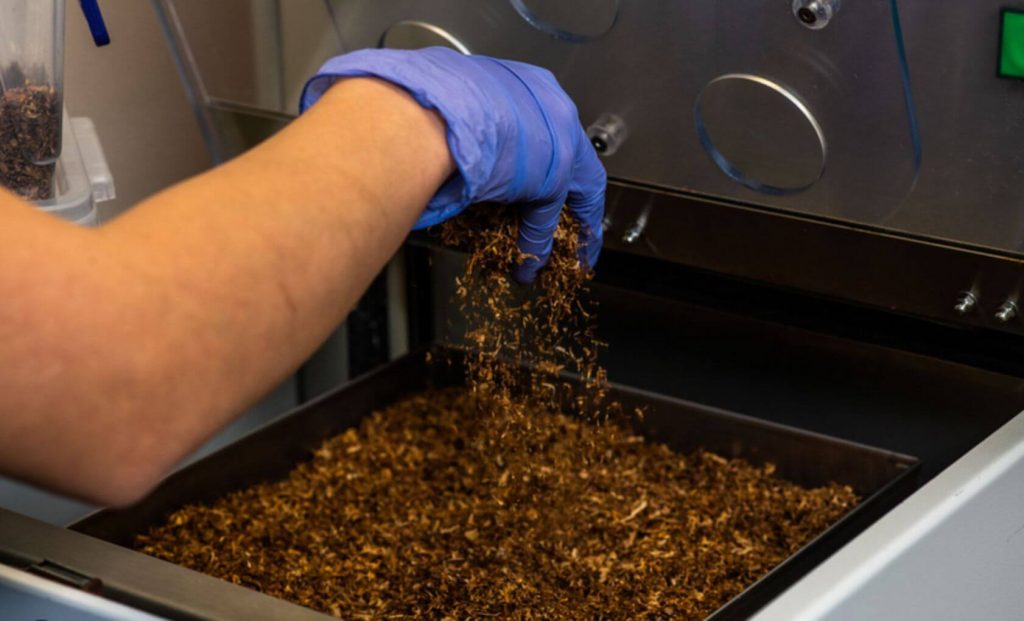
Armenia’s tobacco industry has a long and complex history, with deep cultural, economic, and political roots. Despite growing concerns about the health effects of tobacco and the impact of the industry on society, tobacco remains a significant part of Armenia’s economy and culture. In this article, we will explore the history of Armenia’s tobacco industry, its impact on the country’s economy and culture, and the politics, ethics, and health effects of the industry.
The tobacco industry in Armenia has a long and complex history, with deep cultural, economic, and political roots. Despite growing concerns about the health effects of tobacco and the impact of the industry on society, tobacco remains a significant part of Armenia’s economy and culture. In this article, we will explore the history of Armenia’s tobacco industry, its impact on the country’s economy and culture, and the politics, ethics, and health effects of the industry.
– Introduction
Tobacco use is a significant public health issue worldwide, and Armenia is no exception. The tobacco industry in Armenia has a long and complex history, with deep cultural, economic, and political roots. Despite growing concerns about the health effects of tobacco and the impact of the industry on society, tobacco remains a significant part of Armenia’s economy and culture.
2. History of Tobacco in Armenia
Tobacco has been grown in Armenia for centuries, and smoking has been a part of Armenian culture for just as long. The first tobacco factory in Armenia was established in 1926, and the industry grew rapidly in the following decades. During the Soviet era, the tobacco industry in Armenia was nationalized, and the government controlled all aspects of tobacco production and distribution.
3. The Tobacco Industry in Armenia Today
Today, the tobacco industry in Armenia is dominated by two major companies: Grand Tobacco and Armenia Tobacco. These companies produce a range of tobacco products, including cigarettes, cigars, and pipe tobacco. The industry employs thousands of people in Armenia, and tobacco products are a significant export.
4. Economic Impact of the Tobacco Industry in Armenia
The tobacco industry claims that it has a major contribution to the Armenian economy with its employment generation in agriculture and manufacturing and revenues in the form of exports and taxes. However, economic measures to reduce tobacco use that are part of a comprehensive tobacco control program can counteract these. In 2009, Armenia was the third largest producer of tobacco in the world. It produced 620,000 (MT) of tobacco worth 987,513 (Int $1000) in 2009.
5. The Future of the Tobacco Industry in Armenia
The future of the tobacco industry in Armenia is uncertain. While the industry remains a significant part of the Armenian economy and culture, there is growing awareness of the health effects of tobacco use and the need for tobacco control measures. It is likely that the Armenian government will continue to implement tobacco control measures in the coming years, which could have a significant impact on the tobacco industry in the country.
6. Conclusion
The tobacco industry in Armenia has a long and complex history, with deep cultural, economic, and political roots. Despite growing concerns about the health effects of tobacco and the impact of the industry on society, tobacco remains a significant part of Armenia’s economy and culture. The Armenian government has taken steps to regulate the tobacco industry and reduce tobacco use in the country, but more needs to be done.
Statistics:
- In 2009, Armenia was the third-largest producer of tobacco in the world, producing 620,000 (MT) of tobacco worth 987,513 (Int $1000) .
- The total score of the Tobacco Control Scale was estimated for Armenia using the original methodology, and it was found that Armenia had made progress in tobacco control in the years 2005-2009 .
- Annual cigarette production volume in Armenia from 2016 to 2019 was between 1.5 billion and 1.8 billion cigarette sticks .
Books:
- “Analytical review of the tobacco control policy in Armenia” by N.K. Movsisyan and V. Petrosyan
- “Estimating the distributional impact of increasing taxes on tobacco products: In Armenia” by A. Gilmore et al.